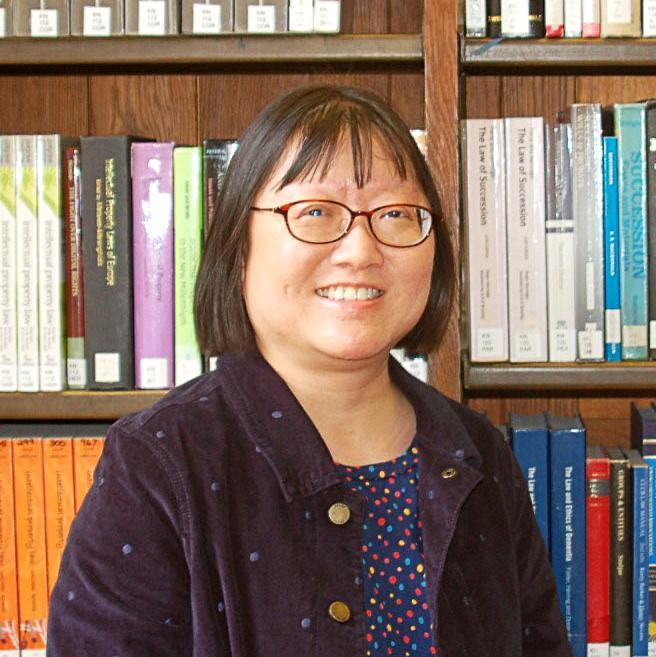New PIJIP Research Paper: Erasmian Perspectives on Copyright - Justifying a Right to Research

PIJIP has published a new working paper by Dr. Tania Cheng-Davies, Senior Lecturer in Law at the University of Bristol Law School. The paper, “Erasmian Perspectives on Copyright: Justifying a Right to Research” is part of our series on the Right to Research in International Copyright.
PIJIP’s Right to Research project aims to define and implement the right internationally (through our work at WIPO), and within countries' domestic laws.
Abstract
The right to research exists in many jurisdictions as an exception to copyright infringement but unharmonized and inconsistent in its application, with no universal understanding or acceptance of how such a right should be framed. Researchers face unknown and uncertain obstacles in accessing research and scholarly works, which in turn frustrates their own research and development. While copyright law has increasingly strengthened in scope and duration over time, there has been a reactive backlash to this in the form of calls for a more balanced copyright regime, including the recognition of a clear right to research. The keys to understanding and justifying a broader and expansive research exception to copyright are already known to us. At the dawn of print technology, Desiderius Erasmus and his contemporaries in the 15th and 16th world of academia, contemplated the implications of such technology and what it might mean for access to and dissemination of knowledge. The issues they had to confront were no different to those experienced by scholars in the 21st century. This paper examines the views of Erasmus and his contemporaries, unencumbered by the baggage of the many conflicting theories and ideologies which developed later and underpin copyright today, on how best education and the dissemination of knowledge should be served by new technology. It is acutely apparent Erasmus and his contemporaries viewed access to knowledge as a fundamental right, as should be the case today.
Click here for the full working paper.
